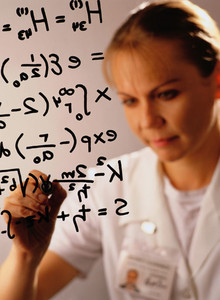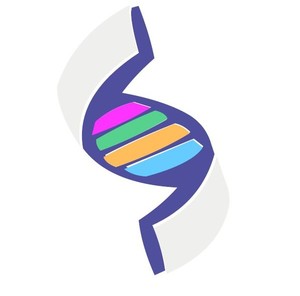Most biological drugs are mixtures of closely related compounds, some of which are probably more active than others. Today, the state-of-the-art manufacturing struggles to deliver material that is similar to the prior batch from the same facility and team [1]. Identical is currently not possible, therefore ‘similar’ is the route that authorities in Europe and the US are going down.
It is relatively simple to prove that a chemical small molecule generic is identical to its reference product. It is normally sufficient to show pharmaceutical equivalence, i.e. identical active substances; and bioequivalence, i.e. comparable pharmacokinetics; and clinical efficacy and safety studies are not normally required. This is not the case, however, for biosimilars, which are derived from living cells and therefore demonstrate molecular complexity and heterogeneity, resulting in high molecular weight products, e.g. molecular weight of interferon beta is 19,000 Daltons compared to the 180 Daltons of molecules such as aspirin [2].
Currently available analytical techniques are still insufficient to fully characterise biological products [3], due to both structural variability and the fact that the ‘process is the product’. This means that apparently small changes to the manufacturing process, e.g. a 5% adjustment to the speed of the impeller in a bioreactor, can have a significant impact on the final product [4].
For this reason, the active substance of a biosimilar cannot be identical to the biological reference product, but must be similar in terms of quality, efficacy and tolerability in the EU [5] or ‘not meaningfully different’ from the reference product in terms of safety, purity and potency in US.
Experience so far with biosimilars has shown that similar efficacy does not necessarily imply similar safety. Immunogenicity is the primary concern for biological products currently being developed as biosimilars—insulin, granulocyte colony-stimulating factor, growth hormone and erythropoietin. The dramatic development of pure red cell aplasia in patients after one manufacturer of recombinant erythropoietin changed the manufacturing process was a lesson for developers of originator and biosimilar molecules alike [6].
If you would like to receive a copy of Professor Simoens’ article, please email us.
Related articles
Reimbursement of biosimilars
Pricing of biosimilars
Comparability studies and substitution of biosimilars
Registration of biosimilars in Europe and the US
Factors affecting market access of biosimilars
References
1. GaBI Online - Generics and Biosimilars Initiative. US biosimilars: many barriers to overcome [www.gabionline.net]. Mol, Belgium: Pro Pharma Communications International; [cited 2012 Feb 17]. Available from: www.gabionline.net/Biosimilars/Research/US-biosimilars-many-barriers-to-overcome
2. Simoens S, Verbeken G, Huys I. Market access of biosimilars: not only a cost issue. Oncologie. 2011;13(5):218-21.
3. Declerck PJ, Darendeliler F, Góth M, et al. Biosimilars: controversies as illustrated by rhGH. Curr Med Res Opin. 2010;26:1219-29.
4. GaBI Online - Generics and Biosimilars Initiative. Quality by design in biomanufacturing [www.gabionline.net]. Mol, Belgium: Pro Pharma Communications International; [cited 2012 Feb 17]. Available from: http://gabionline.net/Biosimilars/General/Quality-by-design-in-biomanufacturing
5. GaBI Online - Generics and Biosimilars Initiative. EU guidelines for biosimilars [www.gabionline.net]. Mol, Belgium: Pro Pharma Communications International; [cited 2012 Feb 17]. Available from: www.gabionline.net/Guidelines/EU-guidelines-for-biosimilars
6. GaBI Online - Generics and Biosimilars Initiative. What clinical trials will be required for biosimilar mAbs? [www.gabionline.net]. Mol, Belgium: Pro Pharma Communications International; [cited 2012 Feb 17]. Available from: www.gabionline.net/Biosimilars/Research/What-clinical-trials-will-be-required-for-biosimilar-mAbs








 0
0










Post your comment